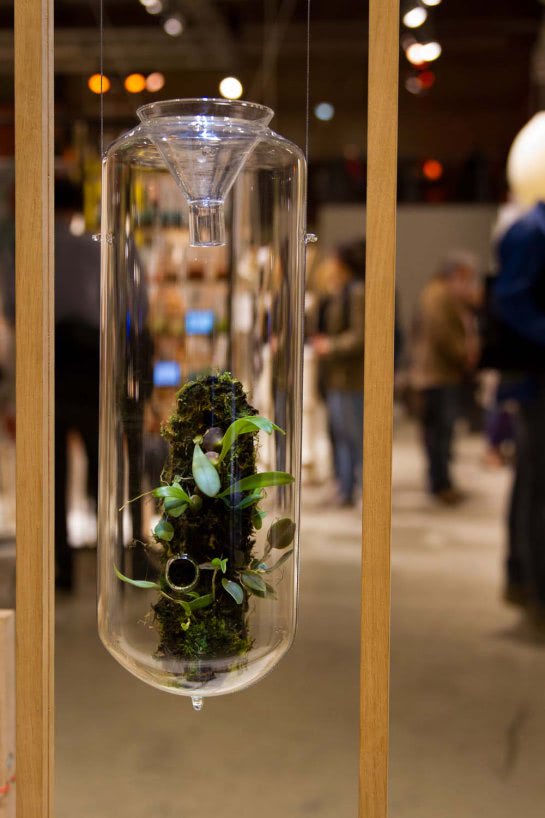Domestication of flora and fauna is a concept that humans have been using to control nature in our advantage already since 33000 BC. A nowadays example are ‘house plants’ which have gone through generations of selective breeding to eventually give the best flowers, in extraordinary colours and unexpected shapes.
A usual by-product of domestication is the creation of a dependency in the domesticated organisms, so that they lose their ability to live in the wild. From an animal and plants perspective this could be considered as a deprivation of their right to freedom. Human interventions in the last couple of decades resulted often in a shrinking natural habitat for many species and populations. Being on the edge of extinction, domestication might be their only refuge?
Several species like the common head lice, silk-worms and jelly-fish trees would have been died out if we wouldn’t have been there to offer them just the right circumstances to live, they are dependant on us. The common head louse, that needs specifically heads of people to survive on, is a type of domestication as a result of our lifestyle that we most probably didn’t intended. Regardless if domestication was indented or not, humans do have great influence on the existence and “being” of many plants, animals and ecosystems on any scale. Morgan Ruben Jansen op de Haar (Utrecht School of Arts) gives us food for thought on this topic by revealing the sensitivity of an endangered ecosystem in a beautiful way with his project SANCTUARIA. With a series of glass capsules carrying endangered rainforest flora such as orchids, ferns and mosses that will be able to survive regardless of what happens to their natural habitat Morgan makes a statement for the plants; no matter what, we will survive, even if you destroy our homelands.
However, the aesthetically pleasing glass objects communicates a certain sadness, for the statement of surviving is relative; SANCTUARIA is not a self-sustaining eco-system, it needs people for watering, fertilizing, making sure that it gets enough sun but not too much. There is a contradiction in a once autonomous and boundless mini rainforest ecosystem now insolent captured by a glass container dependant on people. A piece of unharmed, delicate nature is lost, and this is exactly Morgan’s message.
The inspiration for this project comes from Morgan’s lifelong fascination with nature and its complex ecosystems. The endangered plants that Morgan used for this graduation project come from research institutes who obtained them from felled rainforest trees. Making people aware of the relation between people and nature is his main goal but without “teaching them”, therefor SANCTUARIA is also ‘just’ a beautiful product that can be exhibit in your house (don’t forget to water them).
 This article was originally published on Next Nature Lab
This article was originally published on Next Nature Lab
Text by Ronald Helgers
Images by Tom Kölker

Share your thoughts and join the technology debate!
Be the first to comment